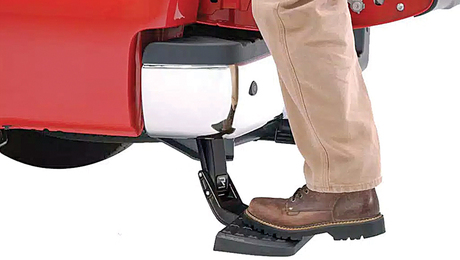Best practice question:
I am building 3 closets for a customer. The closets have 2, 3 and 4 doors; set with a minimum distance between doors.
After framing, but thankfully before drywall, the customer has asked for door jamb switching of the flourescent closet lights configured so that all of the light(s) in the closet come on by opening any one door into that closet.
Line voltage jamb switching is not feasible due to the spacing of the doors. I have located low voltage jamb switches from Edwards and relay / transformers from Grainger which will handle the needed arrangement.
There will be multiple runs of 18-2 thermostat wire (switch manufacturer recommended) between the jamb switches and the relays (attic) and a 14/2 Romex run running essentially along the same path to each closet.
Is there any rule of thumb / code / performance issues which I should be aware of as to separation of the 120v and 24v wiring. Should they be kept 6″ apart? A foot? or can they run in the same hole bored through a joist? I understand the separation issues at junction boxes – my question just pertains to the wire runs.
I can make everything work properly on a bench, just want to be sure the same configuration will work properly once it is behind the wall!
Thanks in advance.
Jim
Never underestimate the value of a sharp pencil or good light.
Edited 4/4/2007 9:25 am ET by JTC1















Replies
Should not be an issue as far as the circuits working. There may be a code problem if you pull the cable thru the same hole.
I don't have the National Electric Code available, but as I recall the rule is this for putting low and high voltages in the same vicinity: